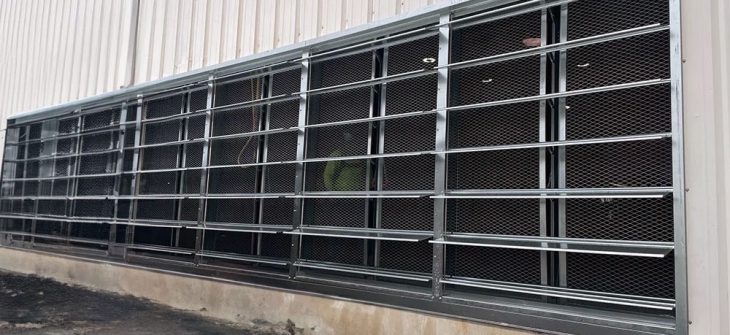Product Comparison
In case you haven’t already heard, California’s Heat Safety Regulations took effect earlier this year. These regulations require employers to take precautions to protect their workers from heat-related illnesses once the internal temperature reaches 82°F, including providing additional breaks with access to cooler temperatures. Both the extreme heat and the required extra cool down breaks
It can be hard finding the right dock fan for your building. First off, doing a google search will get you lots of fans for a computer, which will be no help for loading and unloading a semi-trailer. Secondly, many companies will try to sell any type of fan they make as a dock fan,
Don’t Sweat Heat-Related OSHA Site Evaluations; Moffitt Can Help! As more states adopt stricter indoor temperature restrictions to protect America’s workforce from heat-related illnesses, OSHA is cracking down on businesses that don’t take precautions against extreme interior temperatures. In some cases, companies with buildings where internal temperatures hover over 100℉ have already experienced heat-related OSHA
The Essential Guide to Roof Vents for Industrial Ventilation: Why They Matter A roof vent is an essential part of industrial ventilation systems, providing an avenue for hot air to escape. They improve air quality on residential, commercial, and industrial buildings. As temperatures increase, proper ventilation in industrial settings is vital for the well-being of
Roofing solutions for ventilation are a must. Summers in large industrial facilities without ventilation can be brutal. Facilities such as steel mills, large warehouses, prefabricated metal buildings, and other building types, do not always have worker comfort in mind. This is particularly an issue during the hot and humid summer months. Once the temperature starts
Powered ventilation is sometimes the solution. At Moffitt natural ventilation is always our first choice. However, we’ve worked on enough buildings to know it’s not always the best solution. There are plenty of reasons why natural ventilation might not be a good fit on a given building, from climate zone to EPA regulations. That’s why
When you are constructing or retrofitting your facility, you might be considering diverse ways to save money on ventilation without sacrificing quality. Compromises can be made on many things. However, if you have an industrial facility, choosing a light-duty louver is not one of them. To meet the building’s intake air demands, and stand-up to






